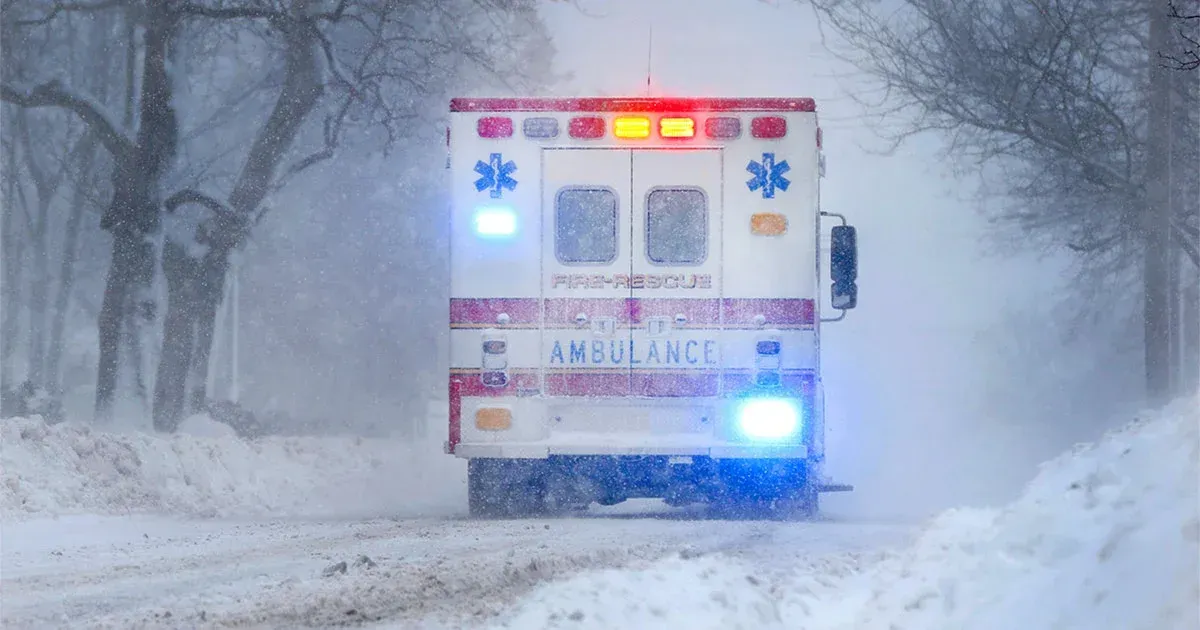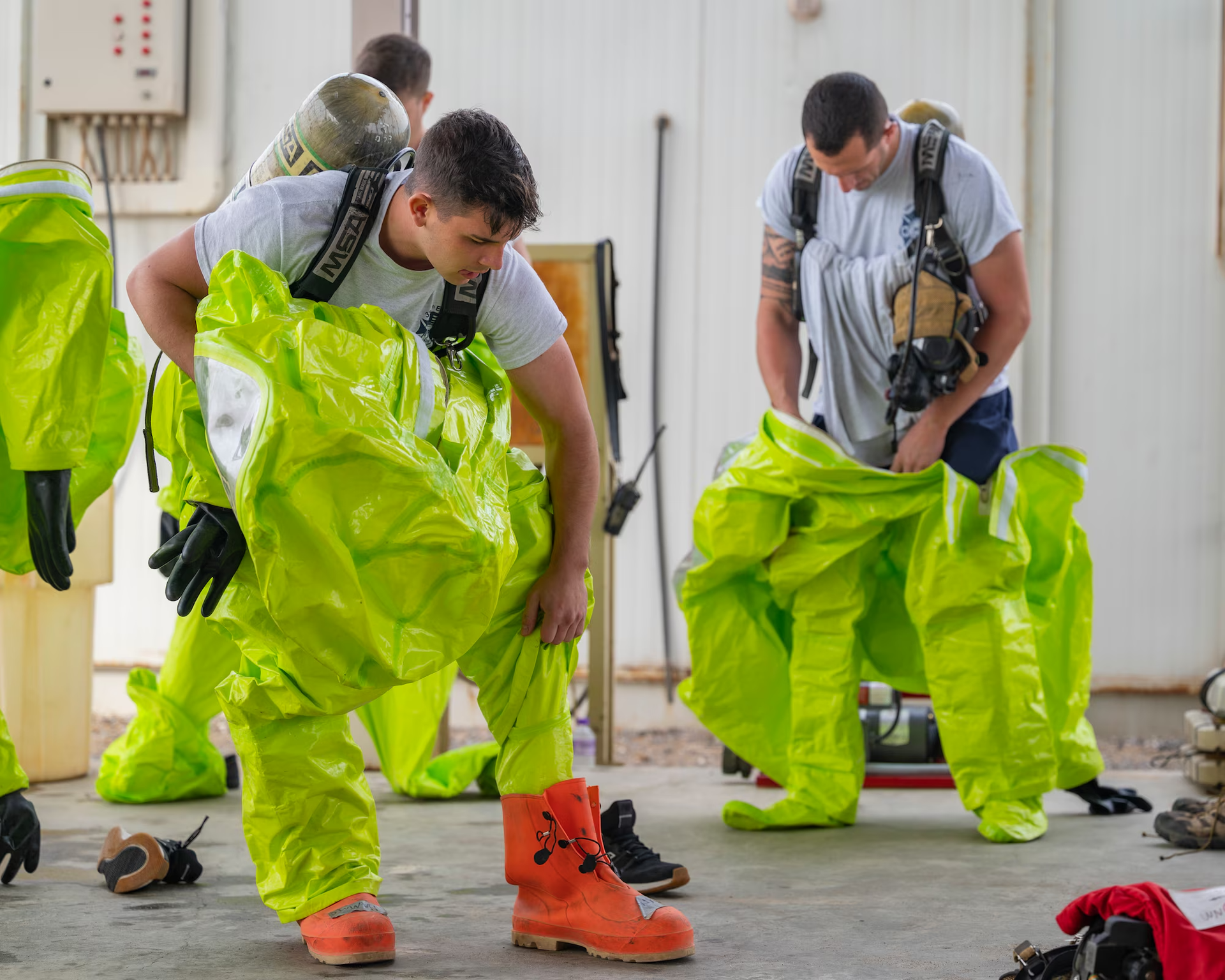Biohazard spills, which can happen unexpectedly and pose a serious threat to the health and safety.

It's important for employers to ensure that their teams are equipped with the knowledge and skills to respond to emergencies. This is especially true when it comes to biohazard spills, which can happen unexpectedly and pose a serious threat to the health and safety of your employees. The good news is that with the latest emergency response training, you can safeguard your team from these harms.
Understand the Risks
Before you can learn how to respond to a biohazard spill, you need to understand the risks involved. Biohazards are organic materials that can cause harm to human health. These substances can include microorganisms, such as bacteria or viruses, or chemicals, such as disinfectants or pesticides. Exposure to biohazards can occur through inhalation, ingestion, or skin contact. Make sure your team is equipped with the knowledge of the different types of biohazards and how they can affect people.
Training on Hazardous Material Awareness
Biohazardous materials can be found in a variety of locations, including hospitals, research centers, and industrial facilities. Anyone who comes in contact with these environments should have a basic understanding of the hazards involved, as well as the precautions they need to take to protect themselves. This training should focus on the importance of personal protective equipment, such as gloves, goggles, and respirators.
Procedures for Handling Biohazards
Each facility should have a set of procedures for handling biohazardous materials. The procedures should be based on best practices for handling biohazards, taking into account the specific types of biohazards found at the facility. Comprehensive training should cover specific topics such as disposal of contaminating materials, use of chemical protective gear, ventilation requirements, and communication during an emergency.
Disaster Response Plan
In addition to training on biohazardous materials, employers should also have a disaster response plan in place to respond quickly and effectively in the event of an emergency. The plan should outline what actions need to be taken in response to specific scenarios, such as a chemical spill, a fire, or a natural disaster. The plan should be updated regularly, communicates to all members of the team, and has been tested and implemented in emergency situations.
Continual Education and Training
Lastly, emergency response training should be viewed as a continual process, rather than a one-time event. As new hazards emerge, such as the current COVID-19 pandemic, businesses need to be prepared to provide their teams with up-to-date training. Additionally, employees can sometimes forget some of the topics they touched on in training, so refresher courses should be offered to keep knowledge fresh and accurate.
Emergency response training is an essential component of ensuring the safety and health of your employees. By understanding biohazard risks, training your team on hazardous material awareness, creating specific procedures for handling biohazards, having a disaster response plan in place, and continually educating and training your staff, you can minimize the likelihood of harm from biohazard spills. A well-trained team will not only be better equipped to handle emergencies but will also feel more secure and safe while executing their daily duties.










